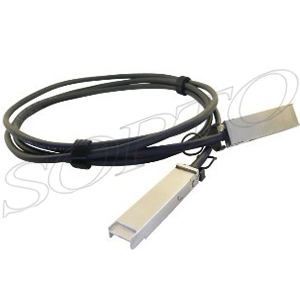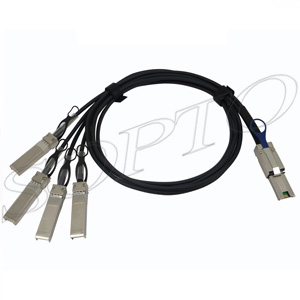-

- Sopto Home
-

- Special Topic
-

- Twinax Cable Knowledge
-

- What is Axial Cable?
Twinax Cable Knowledge
- Cable Labeling as Part of Data Center Management
- How to Correctly Run cables On Servers in a Data Center?
- 4 Realities You Should Consider 10G Ethernet for Your Business
- Is it finally the end of copper?
- Why We Need Both 40G and 100G Ethernet Cable?
- What is Twisted Pair Cable?
- Benefits of Twisted Pair Cable Construction
- Why Copper Is Used in Cables?
- A Brief Look at Ethernet Cable Construction
SOPTO Special Topic
Certificate



Guarantee
Except products belongs to Bargain Shop section, all products are warranted by SOPTO only to purchasers for resale or for use in business or original equipment manufacturer, against defects in workmanship or materials under normal use (consumables, normal tear and wear excluded) for one year after date of purchase from SOPTO, unless otherwise stated...
Return Policies
Defective products will be accepted for exchange, at our discretion, within 14 days from receipt. Buyer might be requested to return the defective products to SOPTO for verification or authorized service location, as SOPTO designated, shipping costs prepaid. .....
Applications
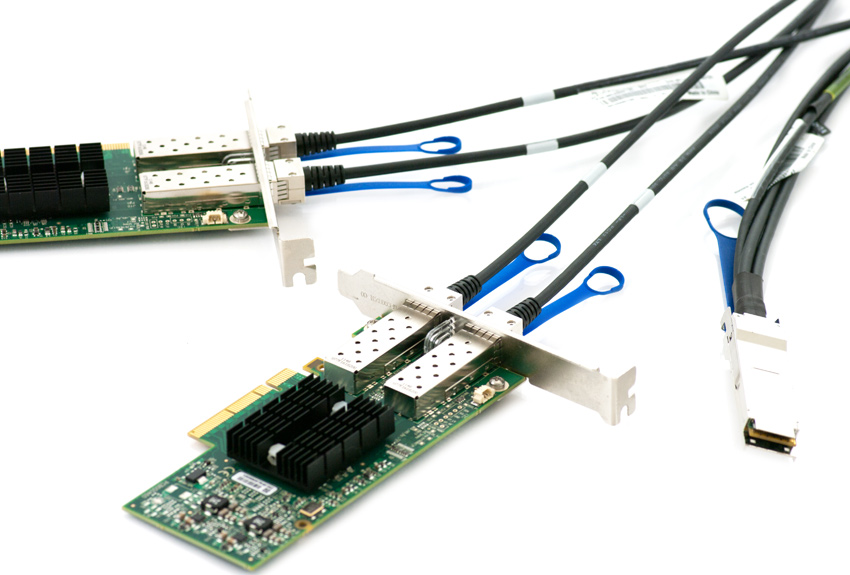 Twinax Cables are mainly used with PCI or PCI-E Card for the short distance interconnection in the server room.
Twinax Cables are mainly used with PCI or PCI-E Card for the short distance interconnection in the server room.
SOPTO Products
- Fiber Optic Transceiver Module
- High Speed Cable
- Fiber Optical Cable
- Fiber Optical Patch Cords
- Splitter CWDM DWDM
- PON Solution
- FTTH Box ODF Closure
- PCI-E Network Card
- Network Cables
- Fiber Optical Adapter
- Fiber Optical Attenuator
- Fiber Media Converter
- PDH Multiplexers
- Protocol Converter
- Digital Video Multiplexer
- Fiber Optical Tools
- Compatible
Related Products
Performance Feature
Stable Transmission Speed
Reliable Transmission
Various Length Selection
Wider Operating Temperature
Good for HPC
Good for Data Center
Twinax Cable Knowledge
Recommended
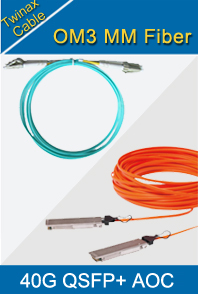
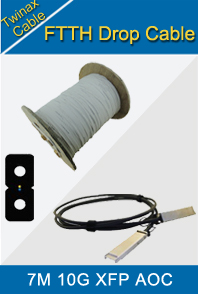
What is Axial Cable?
Have we been "given the ax" by the cable designers and namers of old? Well, no. The "-ax" is short for "-axial", of course, and refers to the lengthwise axis of the cable. And when it's abbreviated as "-ax," the word "cable" is also implied. Here's a rundown of the common "-axial" cables.
Coax (coaxial cable) consists of two conductors which share the same axis. To do this, and to separate them electrically, at least one must be cylindrical and larger in diameter than the other. Coaxial cables are inherently unbalanced, which may be bad news concerning immunity to EMI, but this is often overcome by their efficiency in connecting to high frequency antennas. The choice of coax is ordinarily dictated by the antenna design itself.
In referring, above, to “at least one must be cylindrical,” this acknowledges use of a hollow center conductor used in some large cables to take advantage of the skin effect (at high frequencies) in which nearly all the signal is confined to the outside of the conductor. The core material can be eliminated with little effect on performance, and can result in reduced weight or cost.
Interestingly, there are specially designed coaxial cables which, themselves, function as antennas. They are constructed with a slit or perforated shield, which ordinarily would be a poor design, but leak enough signal to/from the center conductor that they radiate over their entire length. These are used, for example, in subway tunnels to provide RF access to those systems operating underground.
There are many designs of coax, including those with sophisticated, highly-effective multiple shields, and many different cable diameters with corresponding higher losses in smaller [center conductor] gauges and low loss in the larger gauges. And there are many differences in insulation materials which affect safety, flexibility, and signal handling. The technology is constantly changing. Multiple shields in coax are normally "unitized," that is, electrically connected to one another.
Triax resembles coax in that all the conductors share the same axis, but there are three of them. At least two of these must be cylindrical and insulated from one another and the third conductor. So it is a three-conductor "co-"axial cable.

Triaxial Cable Design
Triax can be used in many coax applications, but offers an additional, separate shield — not just another layer of shielding. The outer shield covers the "coax" inside and can add an extra measure of EMI protection.
Quadrax is a four-conductor cable. The two separate shields share the same axis, but the two remaining conductors are a twisted pair. Like triax, the shields are insulated from one another, which help improve noise immunity.

Quadraxial Cable Design
It is also well suited to confining noisy signals, such as pulses, from interfering with other low-level circuits. This explains its application in radar display buses.
Its greatest usefulness is below 50 MHz.
Twinax also has two twisted conductors, but they are surrounded by a single (or double, but not isolated) shield. Twinax almost completely violates the common-axis idea — unless you consider the "pseudo"-axis of the twisted pair. (Historically, the name was devised to imply a "next generation" of coax, primarily in data communications applications, though twinax is no longer a preferred medium for new applications in this market.)
There are many variations within all the "-axial" designs, but a basic understanding of their family names may help in making sensible application decisions, or at least better appreciating the decisions made by avionics and airframe engineers.
Sopto supplies high quality twinax cables with reasonable price. For the newest quotes, please contact a Sopto representative by calling 86-755-36946668, or by sending an email to info@sopto.com. For more info, please browse our website.




